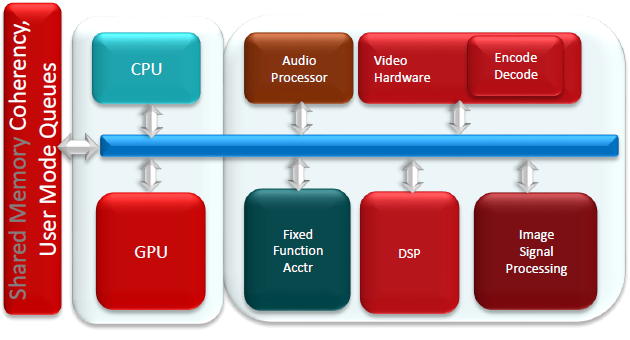OpenGL guy
Veteran
Really?I don't think anyone is suggesting otherwise. Your minor tirade about how APU's are supposed to be cheap and easy is a strawman to the conversation at hand. That, or else you're still missing the point entirely and are simply unaware of it.
This argument fails:So people are expected to pay $75 more for the RAM in order to increase the performance of an iGPU which costs $65 in its higher performance version?
I thought one of the biggest points of the APU was to be cost-effective.
- The 8GB of slower system memory you would have bought is not free
- The discrete card adds more cost since you need to pair it with a CPU as well
- The discrete card uses more power
- The discrete card limits form factor
Maybe this thread has gotten too confusing with everyone arguing different things.
I won't discuss anything that is not released, but APUs are definitely relevant to the market. Kabini is a great chip, go check it out. Does Kabini have twice the bandwidth of Brazos? How does Kabini compare performance-wise to Brazos?Albuquerque said:Yes, I see you saying that APU's are destined for cheaper machines with a different set of tradeoffs.
Yes, I see you saying that APU's will never perform like a discrete card and people who assume otherwise will be perennially disappointed.
Yes, I see telling us that maybe we don't understand the amount of bandwidth required by a modern CPU.
None of these things are on topic, they are all tangential to the core question. Why would AMD snap in a whole bunch more shading and ROP power, only to link it to a memory subsystem that we can already prove is insufficient? That's the question.
Have any thoughts on that?

